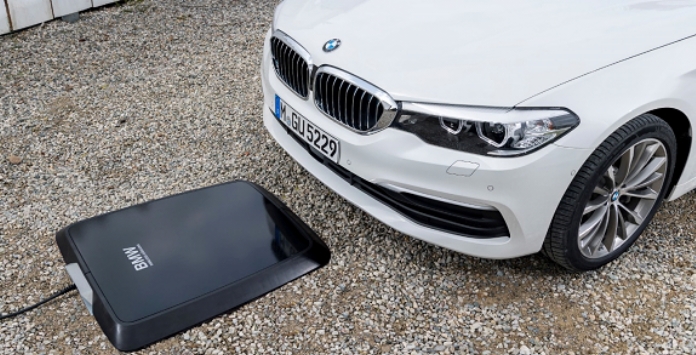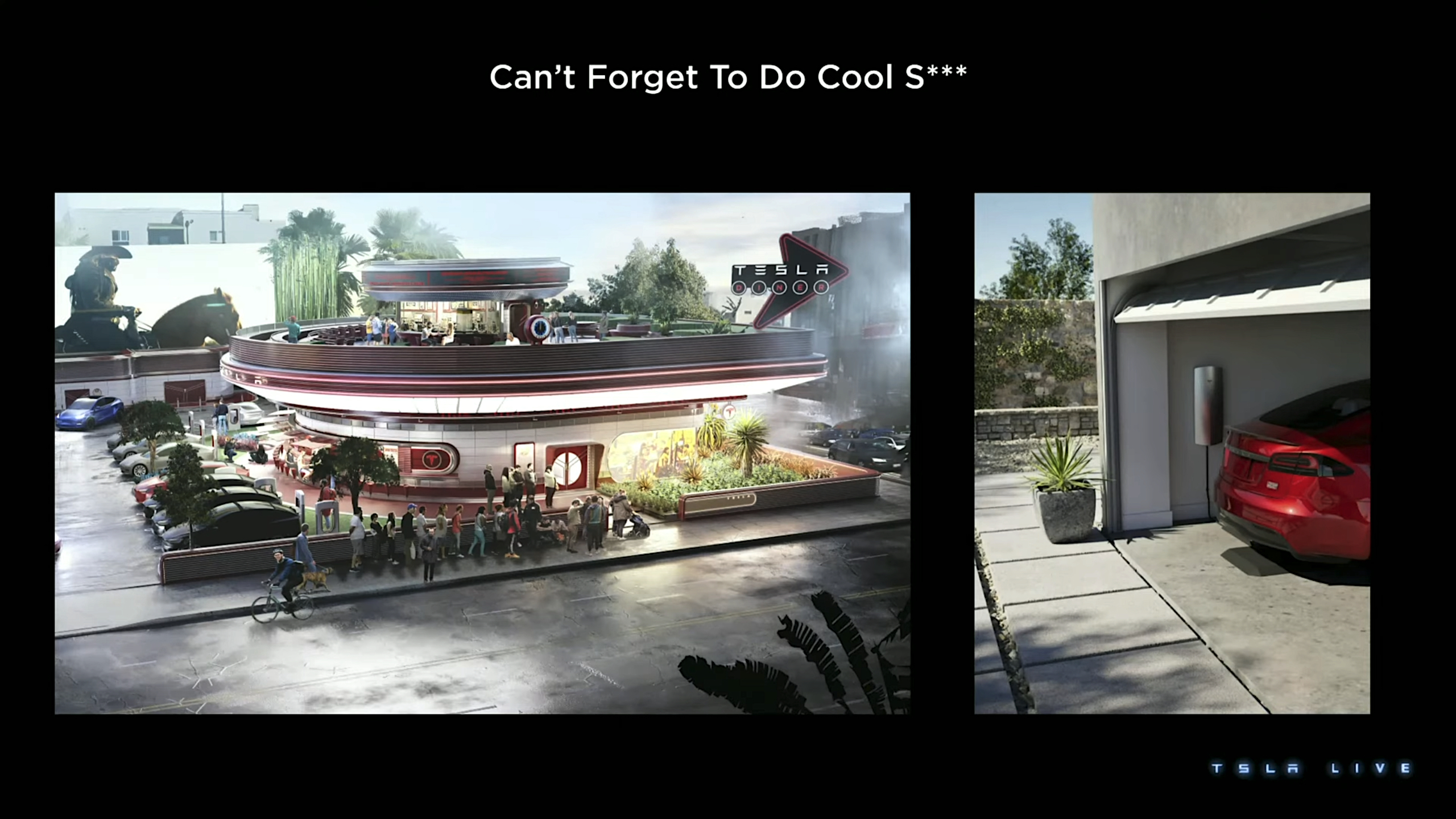
The elimination of the power cable for electrical appliances was a major milestone in technological development. Since then, devices are no longer permanently connected to electricity, as is evident in the case of mobile phones and computers.
These now only need a charger, however, so has the advancement in technology that wireless charging of batteries has become a reality.
Wireless battery charging is changing the electric vehicle industry
Similar to what is happening with small mobile devices, which already allow their batteries to be charged wirelessly, the application of this technology to electric vehicles will fundamentally change the industry.
Tesla was the first company to announce efforts in developing wireless charging for batteries applied to trams.
In the presentation, during the investor day, no further details were revealed about the technology, nor when they plan to make it available in the market. They just made sure that it would be an excellent option for their customers, since they no longer have to connect and disconnect a cable for their electric cars to charge the batteries.
Tesla wants to offer its customers an incredible new electric charging experience, and is also betting that the new charging stations can be coupled with renewable energy sources.
Tesla restaurant and wireless battery charging station
While pitching the idea, an image emerged showing a futuristic restaurant on one side, with a battery charging station, something Tesla had dreamed of for a long time. On the other hand, there is a wireless battery charging point in a garage, with a Tesla parked on top of it.
A more modern design than the prototype Tesla has introduced in the past, the Charger is shaped like a snake.
WiTricity develops wireless chargers for electric vehicles
a WiTricityTesla Inc., a company developing wireless battery charging solutions for electric vehicles, has already said it would not comment on whether the technology known to Tesla is its own or if it is a licensed form of its technology.
However, the company’s developments have already made it possible to wirelessly charge the Tesla Model 3 and Ford Mustang Mach-E batteries.
BMW wireless charging

About five years ago, BMW and Mercedes announced their future goal of providing wireless charging for their electric vehicles. But they did not go ahead with the development of such technology.
The abandonment of this course by BMW and Mercedes has led to the emergence of other companies on the market. Siemens took the flight and invested some capital in WiTricity, helping the technology get closer to market.
Battery charging technologies for electric vehicles
Tesla wasn’t just trying to change battery charging technology.
At CES, Stellantis Ram Trucks unveiled an autonomous battery-charging robot that picks up where the car left off, even if it’s not always in the same spot.
WiTricity development is expected to reach a payback point in 2025/26, with this technology being an option in the luxury market, or models starting to offer the same added benefit.
But if Tesla goes ahead with the development of wireless battery charging, the initial investment in the technology will fall.
The market has already shown in the past that everything can go the way of wireless, so the development of wireless chargers for electric chargers will be the bet of the future and it will make more and more sense!
Tesla’s automatic charger model for electric cars

“Coffee trailblazer. Social media ninja. Unapologetic web guru. Friendly music fan. Alcohol fanatic.”


